It’s the SECOND rainy season here in Southern Belize, and an unusually wet one at that.
As such, we’ve been hunkered down for the past three weeks, enjoying the occasional sunny day, but more or less learning to live in the new [very wet] “normal.”
Cayo district up north has experienced record flooding — many bridges are out and travel off of the main highway is next to impossible in numerous communities throughout the country.
This week in PG is Garifuna Settlement Day festivities, so it’s a good weekend to be here.
We caught the much hyped five-hour long Battle of the Drums last night, which was a good time but definitely not what we expected–much more civilized of an affair than we had planned for (we imagined drum circles, hands and dreadlocks flying through the air, hippy backpackers camped out and soaking up the scene) but it was much more like a county high school music competition.
The drumming itself was nothing short of amazing, and we got to witness some pretty extraordinary talent as well as a slice of Garifuna culture.
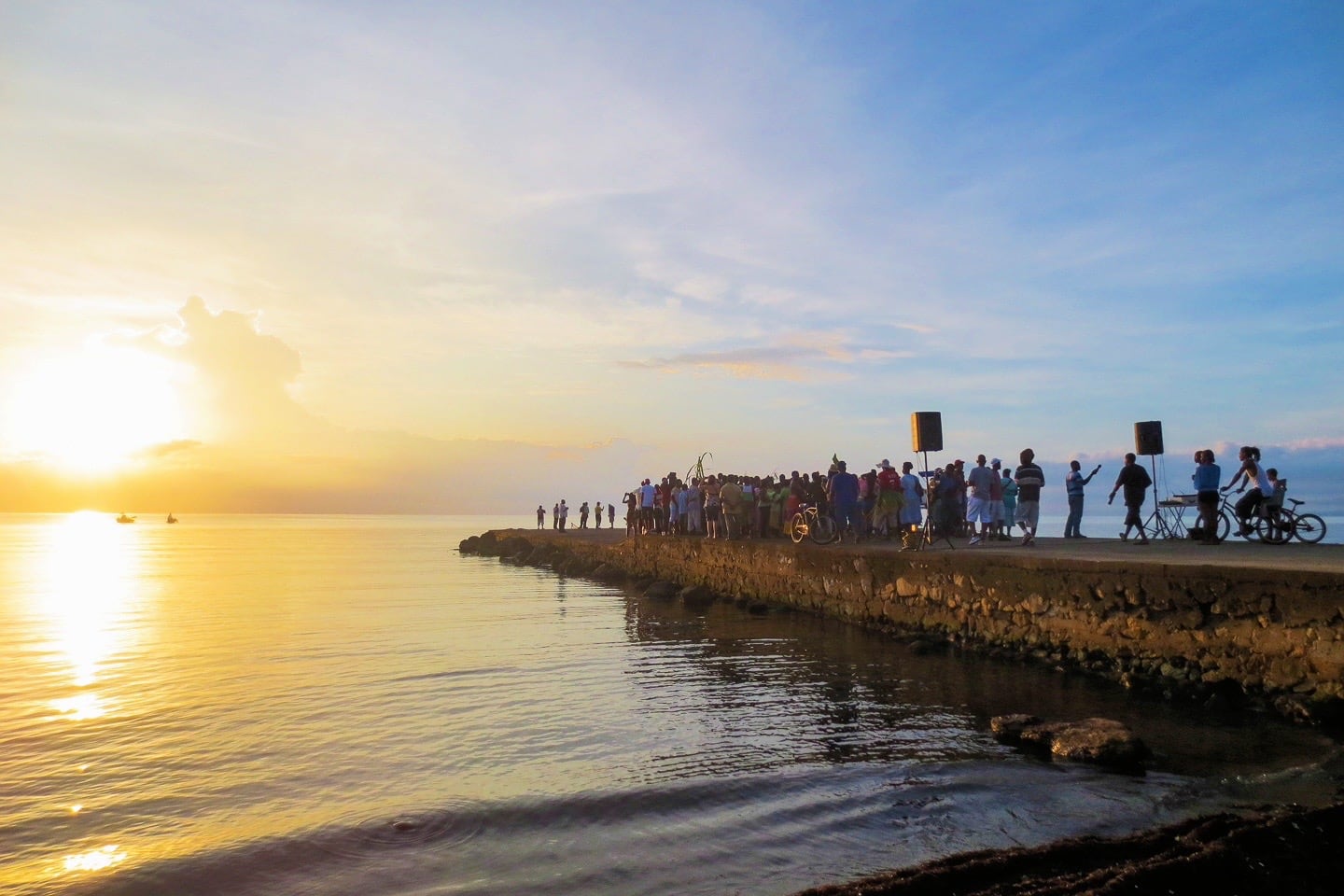
Garifuna Settlement Day
Garifuna Settlement Day is a nationwide public holiday in Belize that is celebrated each year on November 19th.
The day was first recognized as a public holiday in Toledo and Stann Creek districts in 1943 and declared a national holiday in 1977.
Garifuna Settlement Day marks the arrival and settlement of the Garinagu people in Southern Belize, following their exile from the Grenadines by the British army in the early 19th century.
Festivities start at sunrise with a reenactment of the first arrival of Garinagu on Belizean shores.

The week of the holiday is easily one of the most festive and fun times of year for visiting Southern Belize and for getting a real sense of the rich and lively culture of the Garinagu people in Belize.
Who Are the Garinagu and What is Garifuna?
Numerous visitors come to Belize’s deep south each year to experience Garifuna music, food, and dance. And Punta Gorda is one of the epicenters of the culture in Central America.
The Garinagu people (for whom the Garifuna culture and language are named) constitute but a small minority in Belize (about 4.5% of the population or 14,000 people).
Yet, their culture has captured the collective imagination of the world in recent decades, largely owing to the late Andy Palacio’s incredible music and the Garifuna culture gaining UNESCO World Heritage status in 2011.
The Garinagu also have an enthusiastic willingness to share the Garifuna culture and traditions with outsiders, which also sets them apart and makes the culture surprisingly accessible to visitors to the area.
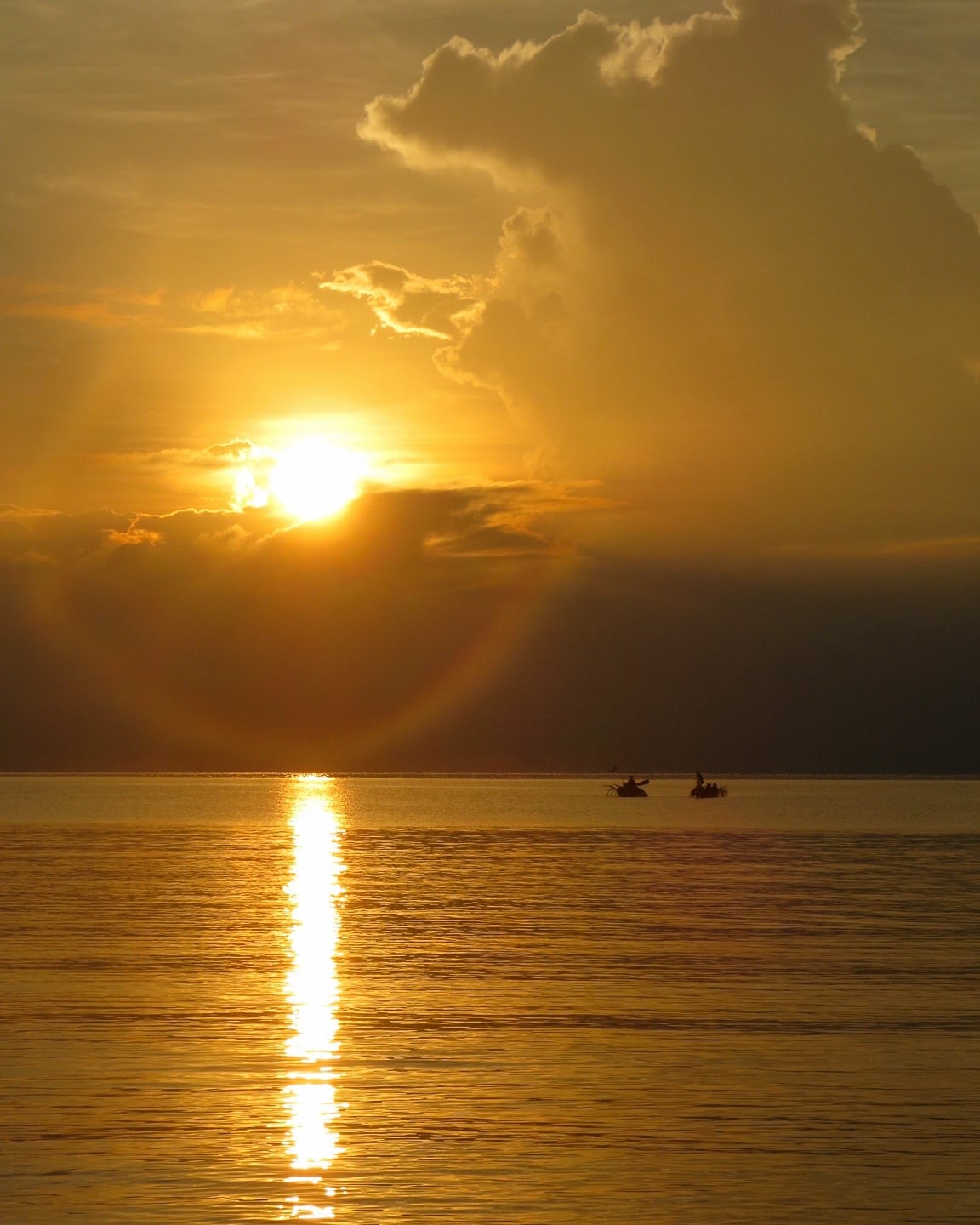
The Garifuna Settlement Story
At first glance, the arrival of the Garinagu in Belize seems hardly a cause for celebration.
The story of the Garinagu people, who are descended from West African and Carib/Arawak peoples, begins in 1635 when two Spanish ships carrying Nigerian slaves ran aground and sank off the coast of St. Vincent.
The survivors of the wreck spent the next 150 years on the Grenadine islands. During this time, they intermarried and integrated with the indigenous Arawak people — resulting in the creation of the distinct Garifuna culture as we know it today.
However, things did not end happily ever after for the Garinagu in the Grenadines. The British took control of the island in 1796 and expelled the Garinagu (and the French inhabitants who had also made the island their home) from the island.
Without a homeland, 5,000 Garinagu made the voyage to the Honduran island of Roatan (about 2,000 miles from St. Vincent), losing half of their population in the hellish overseas journey.
Unfortunately, the Garinagu’s problems did not end there. Roatan, proved inhospitable and the Garinagu petitioned the Spanish government to settle on the mainland, beginning their settlement up the Caribbean coast of Central America into British Honduras (present-day Belize).
Reaching Belize marks the end of a very long and arduous journey, but also a new beginning — the Garinagu trace their heritage, lineage and cultural traditions back to this critical moment in their history, marking the beginning of the Belizean-Garifuna culture and ethnicity.
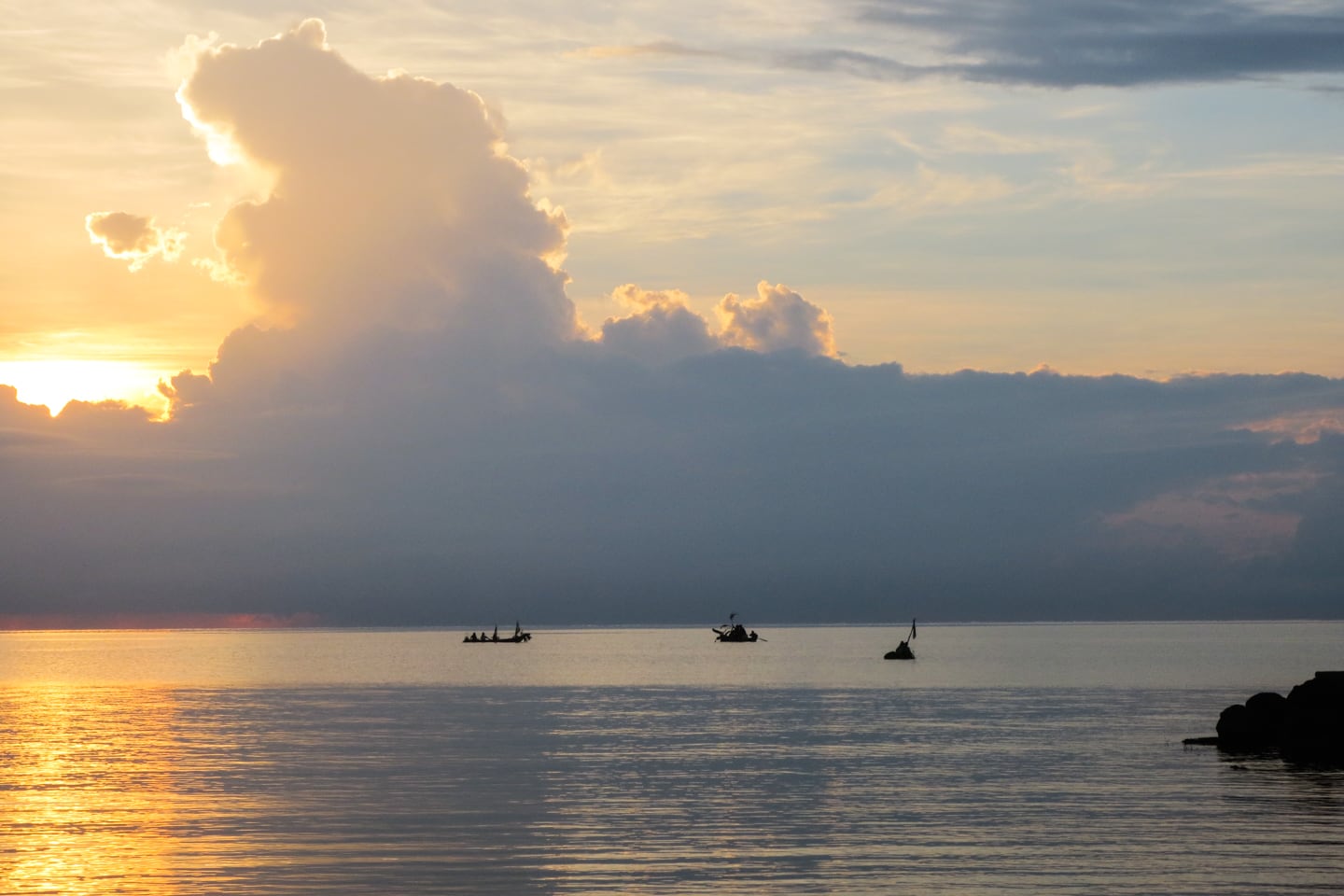
Sunrise Reenactment
According to legend (and some historical record), the Garinagu arrived in British Honduras in the early morning hours of November 19th, 1802.
Towns and cities with significant Garinagu populations throughout Belize (particularly Punta Gorda and Dangriga) celebrate this important moment every year at sunrise (around 6am).
We awake early to stake out a good spot near the Fishermen’s jetty in Punta Gorda to witness the much anticipated live reenactment.
Early as it is, we’re no where near the first ones here. It is customary for revelers to celebrate throughout the night before forming a procession at first light and slowly making their way to the jetty.
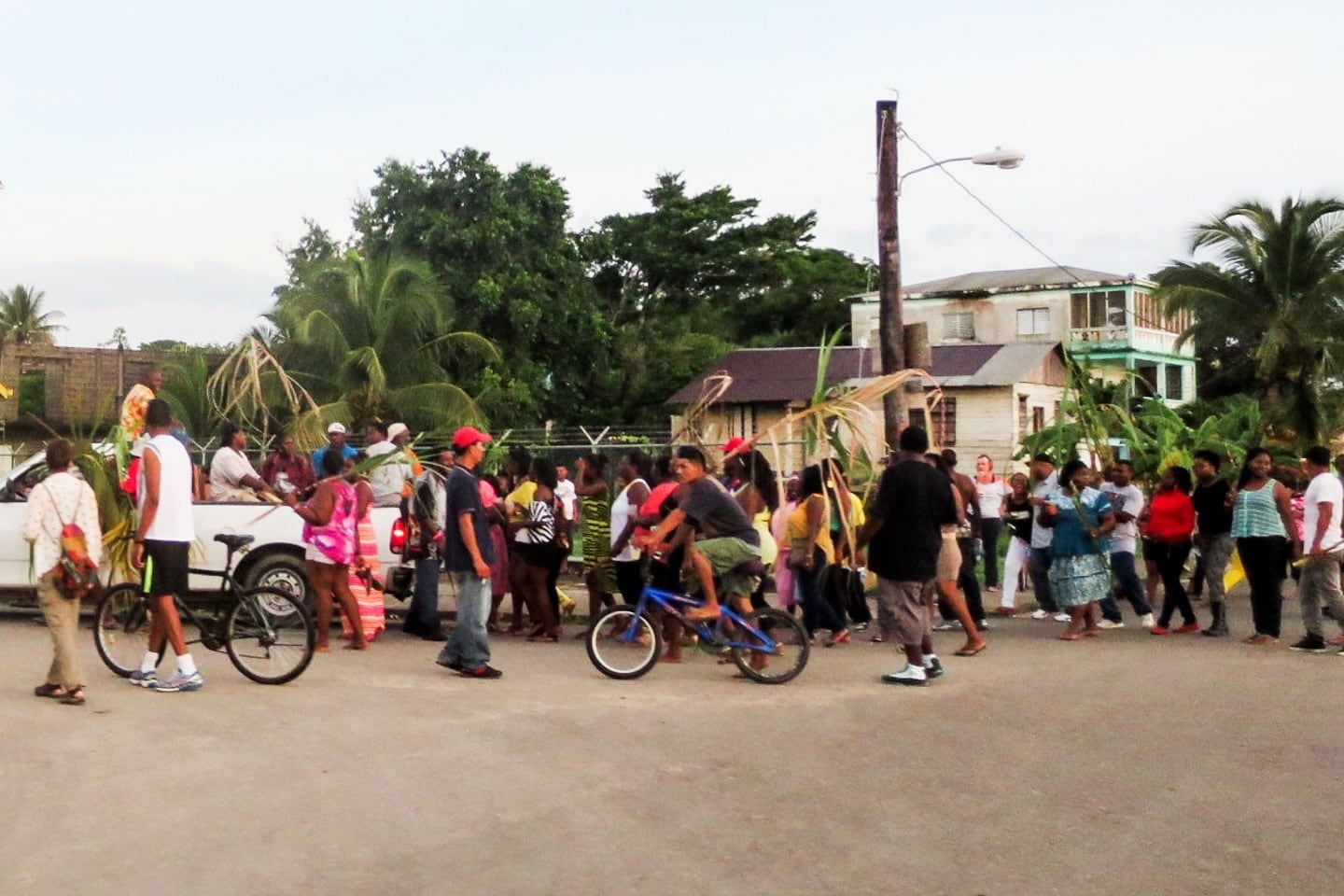
Just after sunrise, three small boats appear bobbing on the horizon in Amatique Bay, as the procession of revelers slowly makes its way to the jetty.
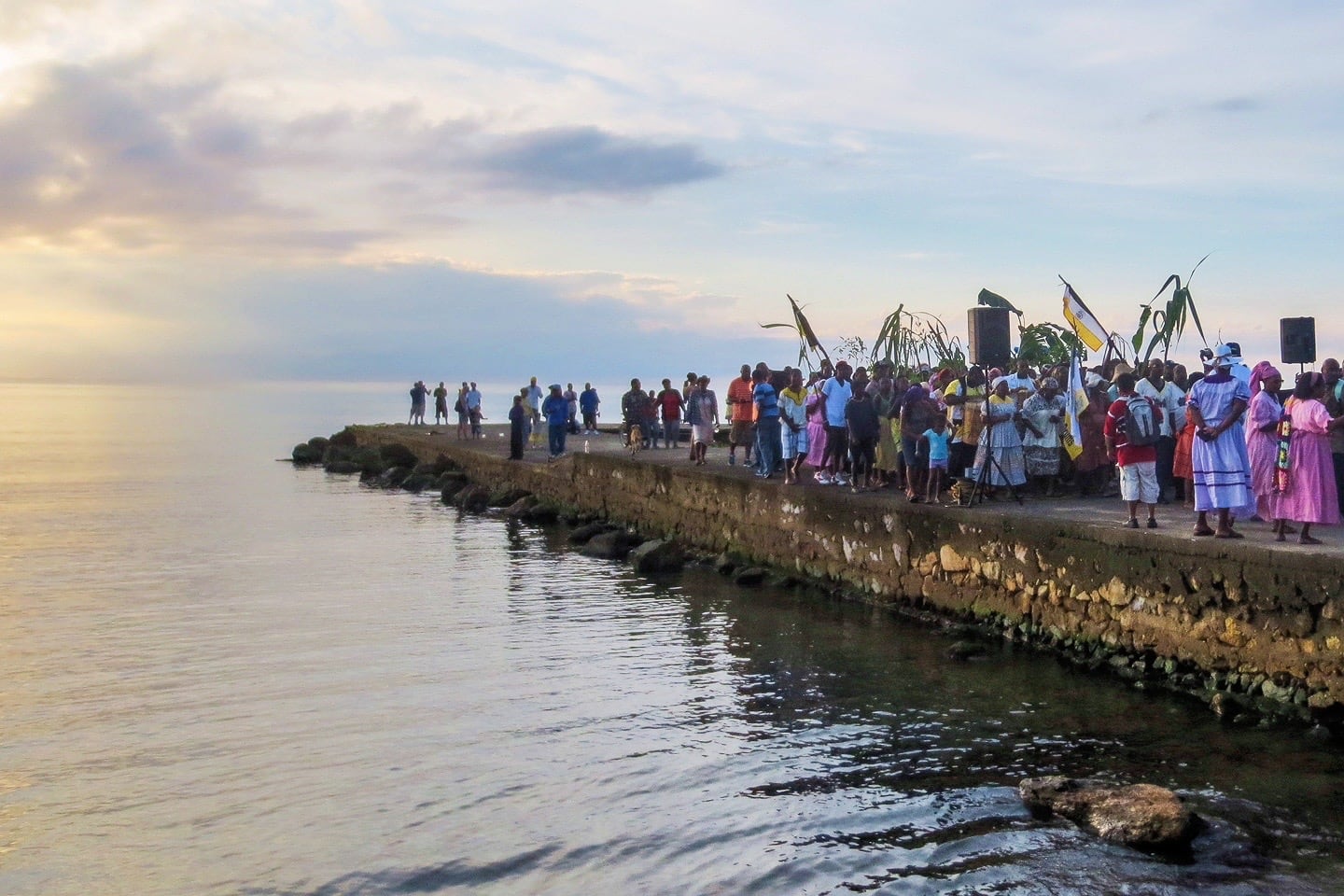
The procession’s arrival at the end of the jetty signals the beginning of the reenactment.
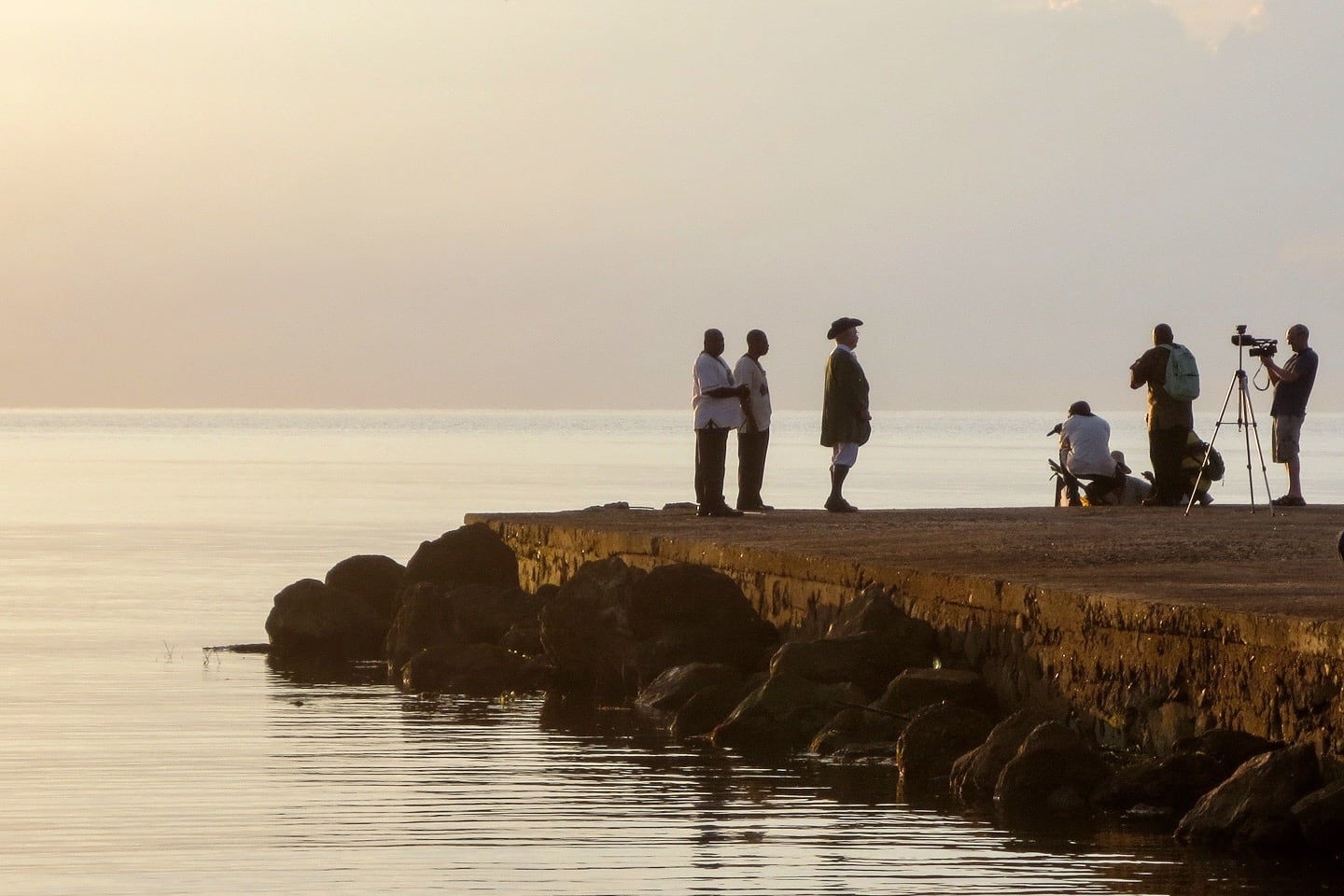
Here, the jetty represents the entry point at which the Garinagu boats came ashore in Belize City in 1802. A lone British officer stands by to intercept the boats as they arrive.
The three boats approach the jetty three times to ask permission to come ashore.
The first two times, the British officer chuckles and waves them back.
But, the Garinagu are persistent people, and on the third attempt, they are given permission to land…but not at Belize City. The officer then tells them they must head south, ultimately coming ashore on the southern coast and settling in Dangriga, Hopkins, Punta Gorda and Baranco.
They also settle in Georgetown, which is decidedly not on the coast, but that’s another story.
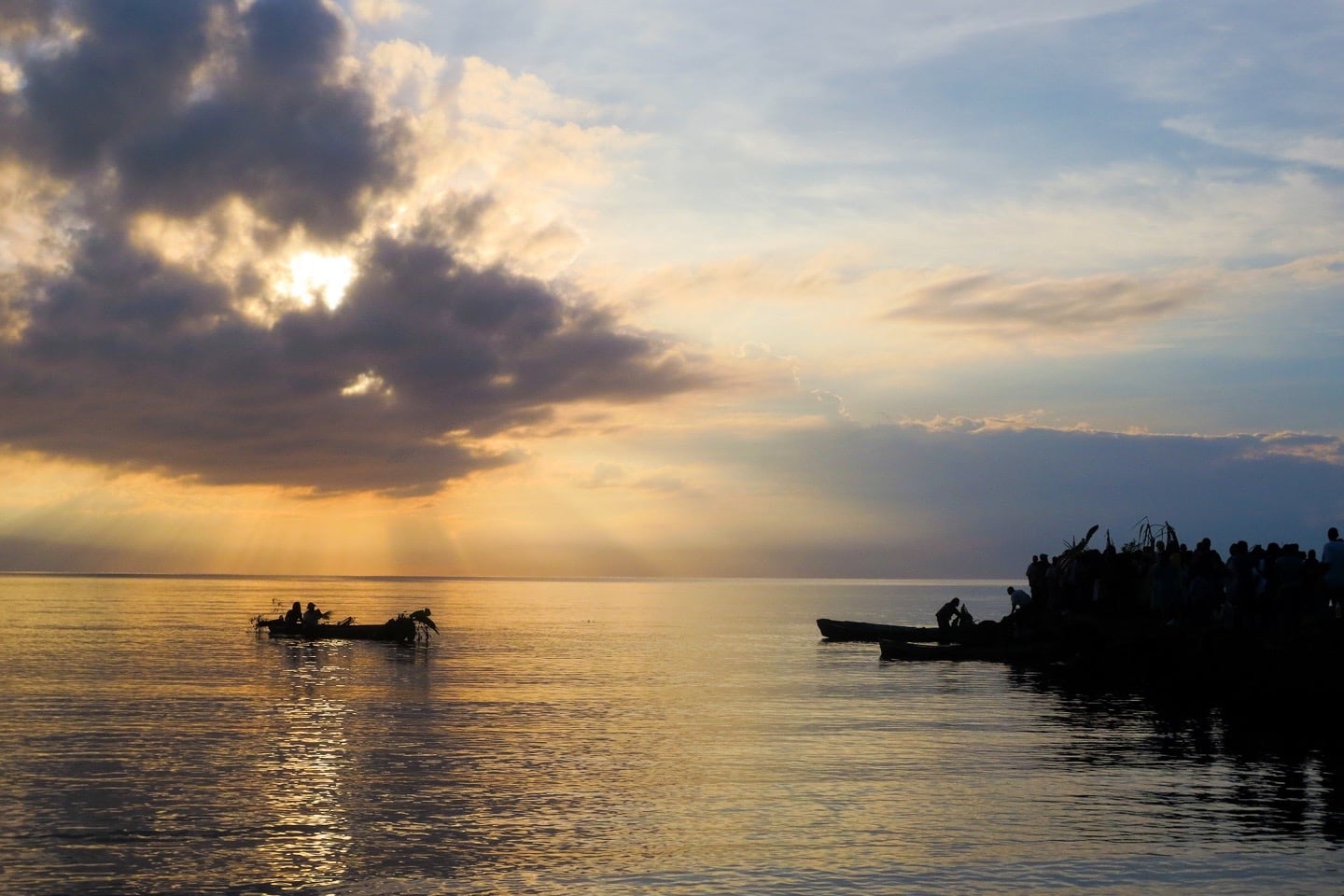
Where to Experience Garifuna Settlement Day
Garifuna Settlement Day is observed nationwide. In our minds, however, there’s no better place to experience the week’s festivities than Punta Gorda in Toledo District.
Why PG? You’re bound to have a good time celebrating in places like Dangriga and Hopkins, which are home to large Garifuna communities. But there’s only one place in Belize that hosts the legendary Battle of the Drums: Punta Gorda.
The renowned international drum competition combined with Garifuna Settlement festivities make for one heck of a week here.
WANT TO REALLY GET DOWN WITH THE GARIFUNA?
The legendary Garifuna drumming instructor, Ronald McDonald (his real name), and family run one of the best drum schools in the country, Warasa Drum School, right in Punta Gorda.
You can sign up for an individual class, but their best deal is their Garifuna Drumming, Dancing, and Dinner experience.
This is the same experience that Lori and I would take newly arrived medical students to each month when we were working with a small rural clinic in PG. It was always a highlight of their time in PG and Belize and we’re sure it will be one of yours as well.
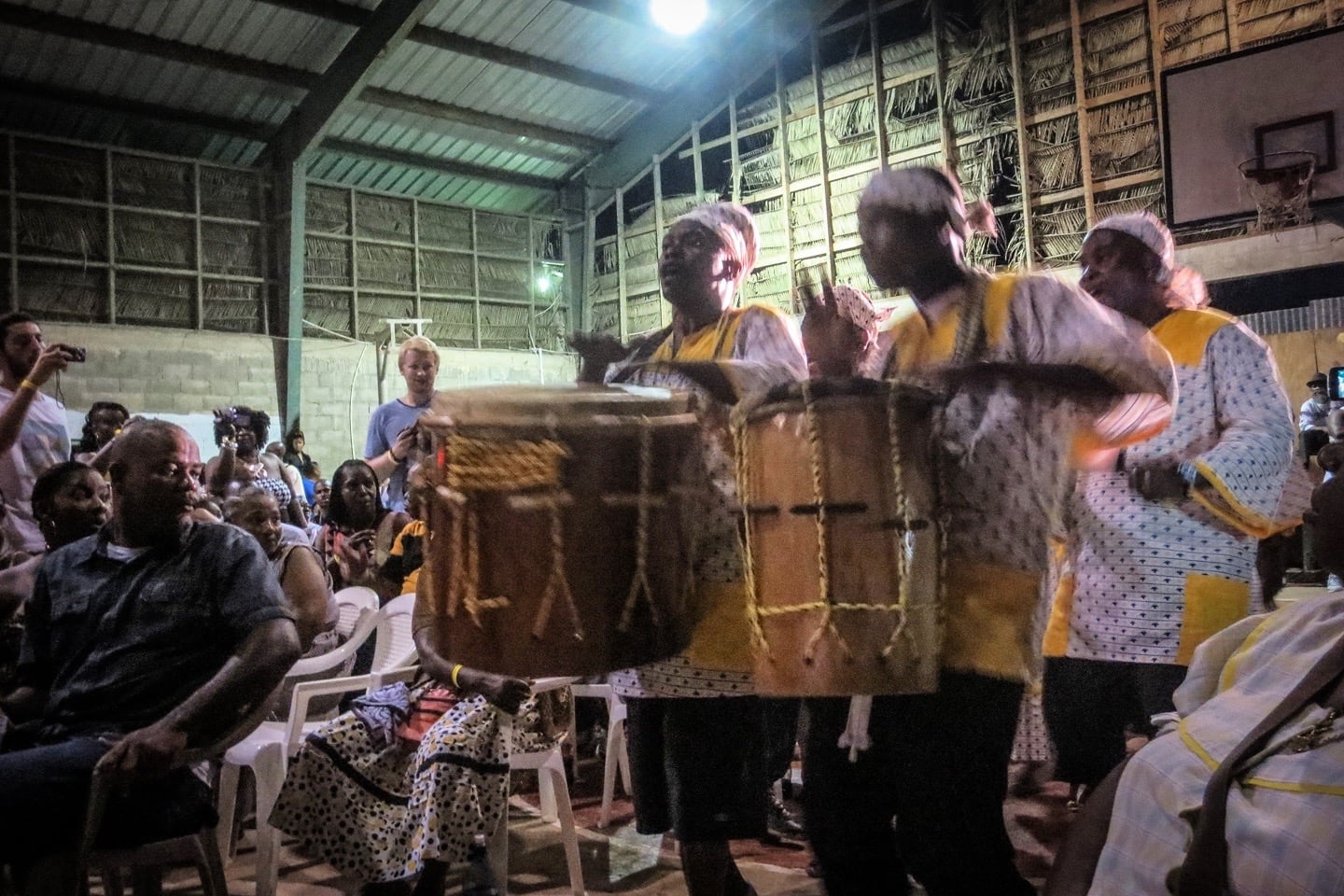
Battle of the Drums
Battle of the Drums is an international drum competition held each November in the Southern Belize town of Punta Gorda.
The event is a showcase for musical talent in Central America, with the larger aim of preserving and promoting Garifuna culture in the broader population.
Battle of the Drums is held every year on the Saturday before Garifuna Settlement Day, a national holiday that marks the anniversary of the arrival of the Garifuna in Belize on November 19th.
If you are looking for a unique and accessible cultural experience in Belize that will get you up on your feet and swaying to the rhythm, this is it.
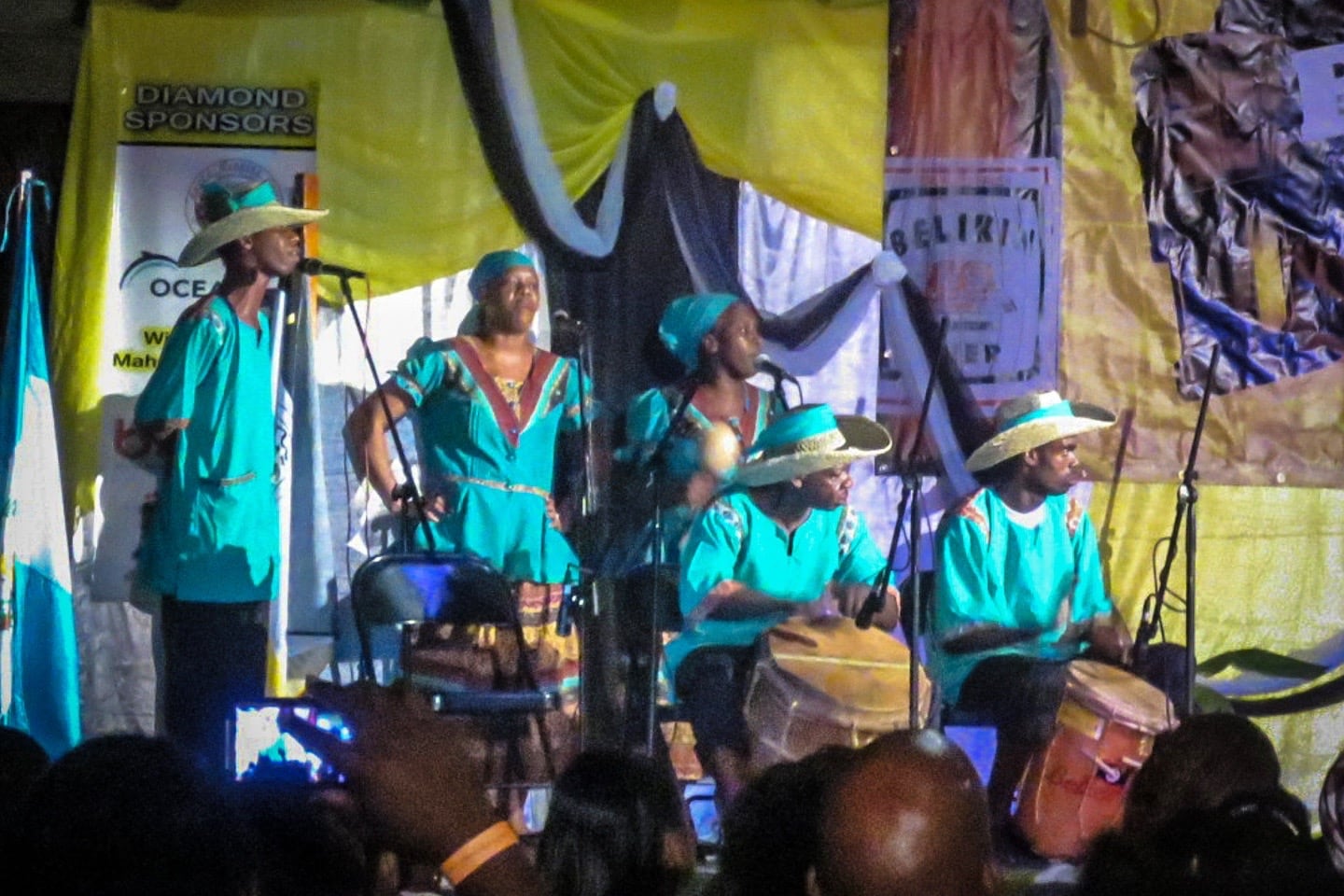
A Brief History
First held in 2006, Battle of the Drums has been showcasing the region’s best drummers and entertaining audiences for well over a decade.
The idea for the competition was inspired by the legendary Belizean musician, Andy Palacio, and his call to preserve the Garifuna culture, chiefly the language and music of the Garinagu people.
Originally, the competition featured local drummers from around Southern Belize, but quickly grew to include teams from Guatemala and Honduras.
Today, Battle of the Drums is part of a larger non-profit initiative with the aim of preserving and promoting Garifuna culture.
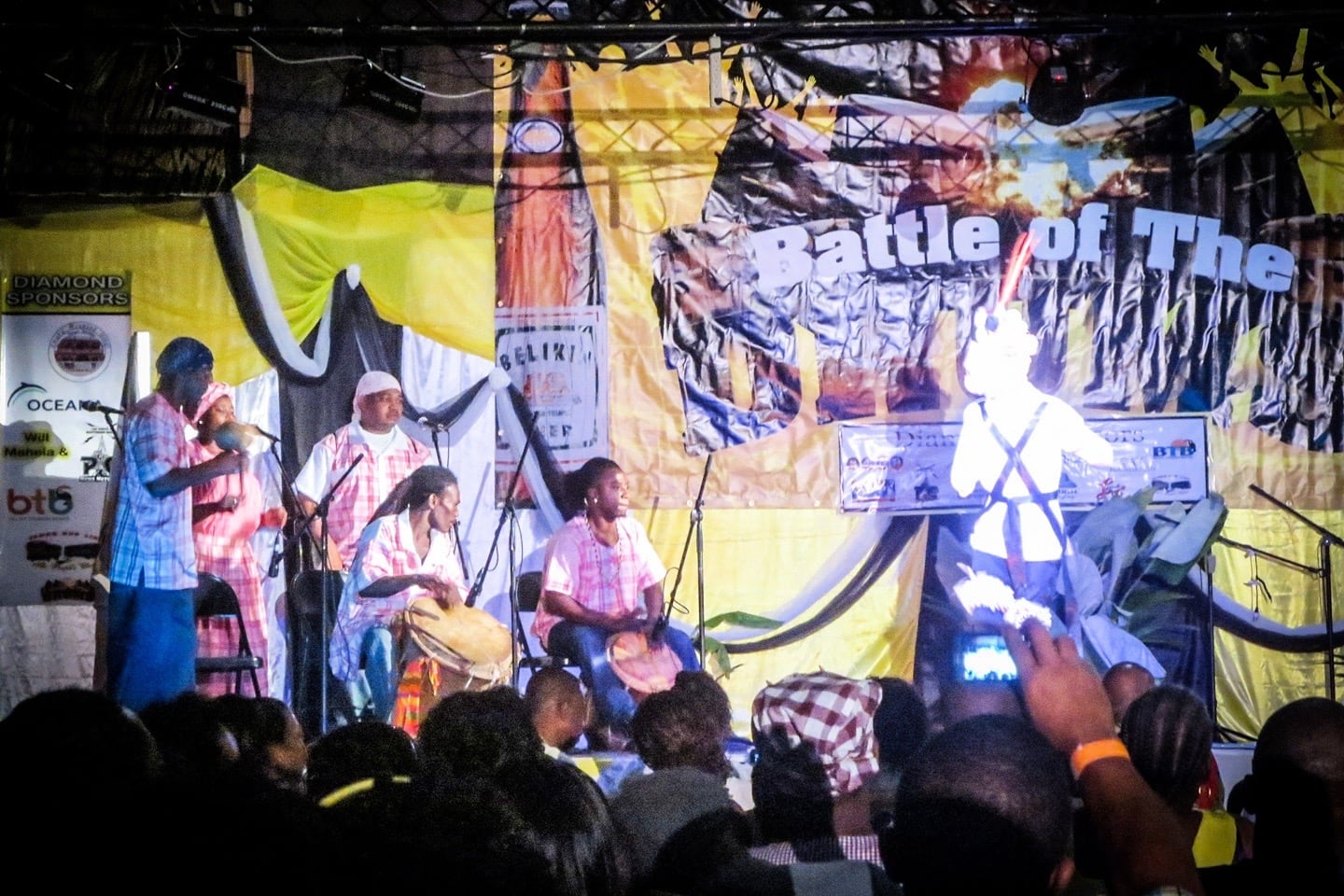
The Experience
Living in Punta Gorda for a year, there was no way Lori and I were going to miss the legendary Battle of the Drums event.
We had no idea what to expect, but pictured in our minds something akin to a semi-organized Rasta-esque drum circle with a gaggle of hippie backpackers camped out, smoking and drumming themselves into oblivion.
This couldn’t be further from reality.
Upon entering the large, indoor gymnasium, with rows of chairs, professional lighting and sound systems, and local media in attendance, it was evident this is something this community takes very seriously.
The event is a tremendous source of pride in Punta Gorda, and it certainly shows.
There are essentially two main parts of the competition which can last for over four hours:
The head-to-head portion in which two teams play one after the other for 7-8 minutes each (spending at least three minutes on two different types of music styles);
And, the dancing portion in which each team plays for 3-4 minutes.
The first half of the dancing portion has a member from the team mime-dancing a story to drumming; the second half has a dancer from an opposing team doing an improvised dance to drumming, anticipating the rhythm of the drummers while the drummers try to trick the dancer.
This latter portion was easily the most entertaining part of the entire evening.
Since Garifuna Settlement Week, we’ve come across a handful of really good Garifuna drumming performances. But nothing compares to the intensity and energy of Battle of the Drums.
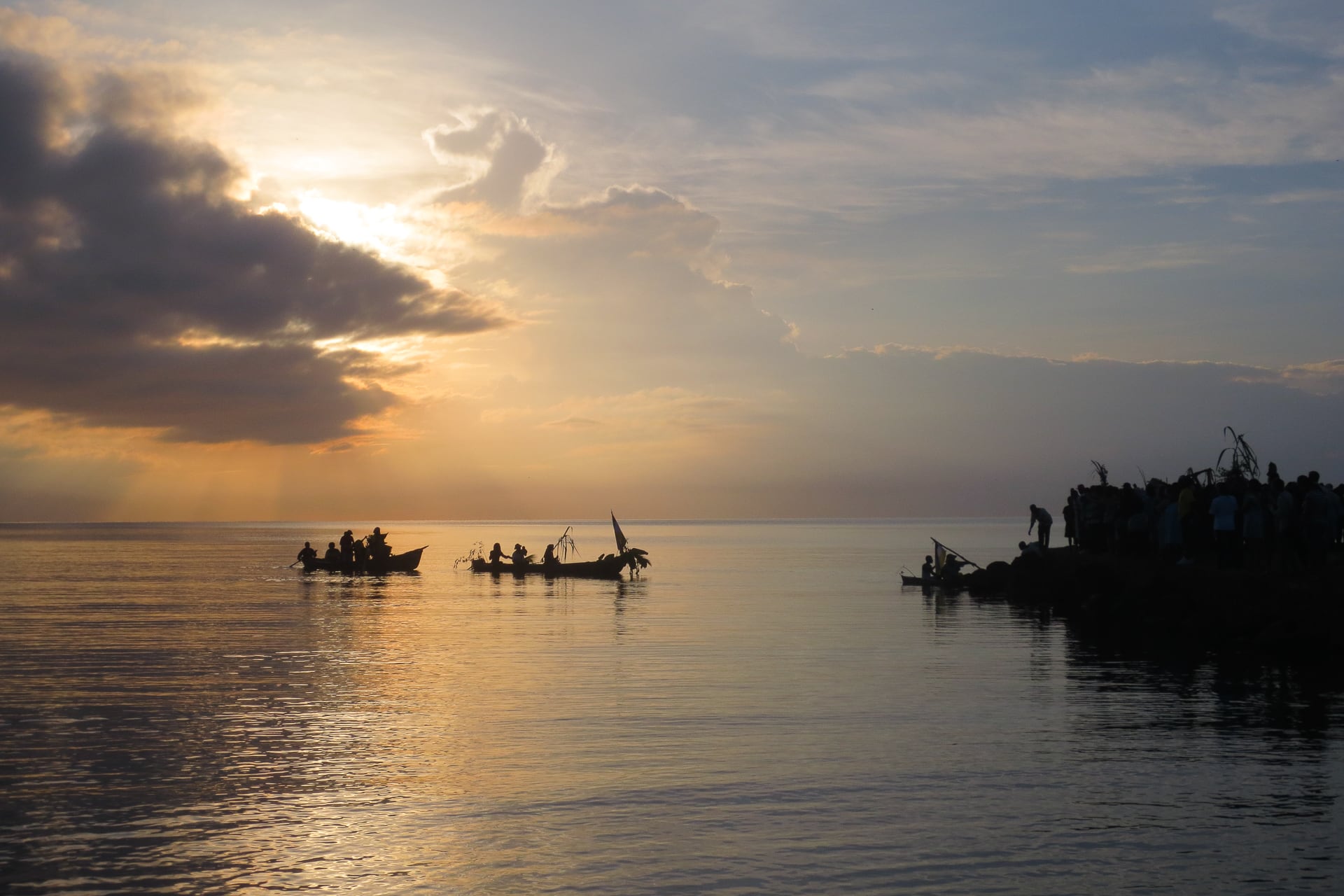
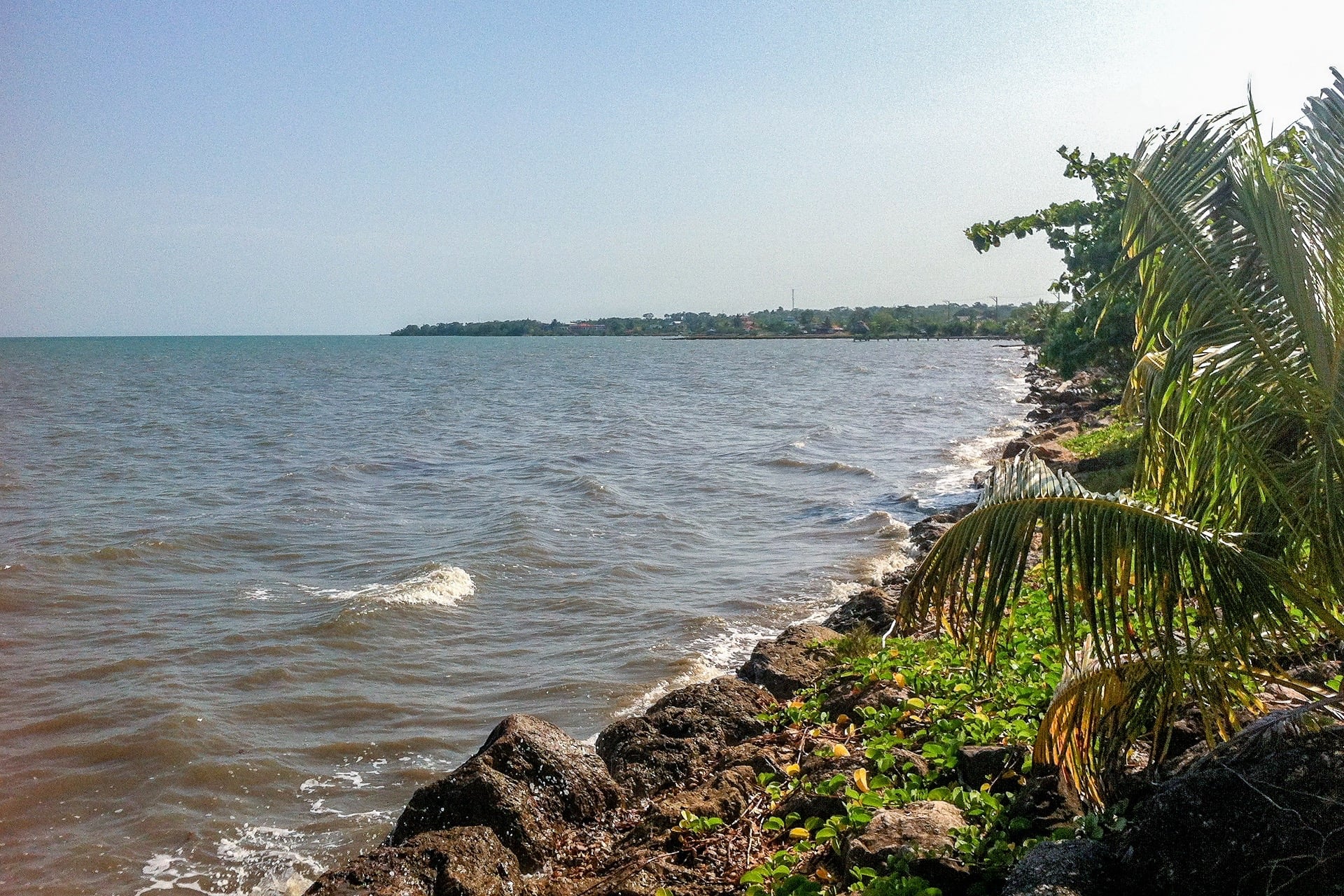
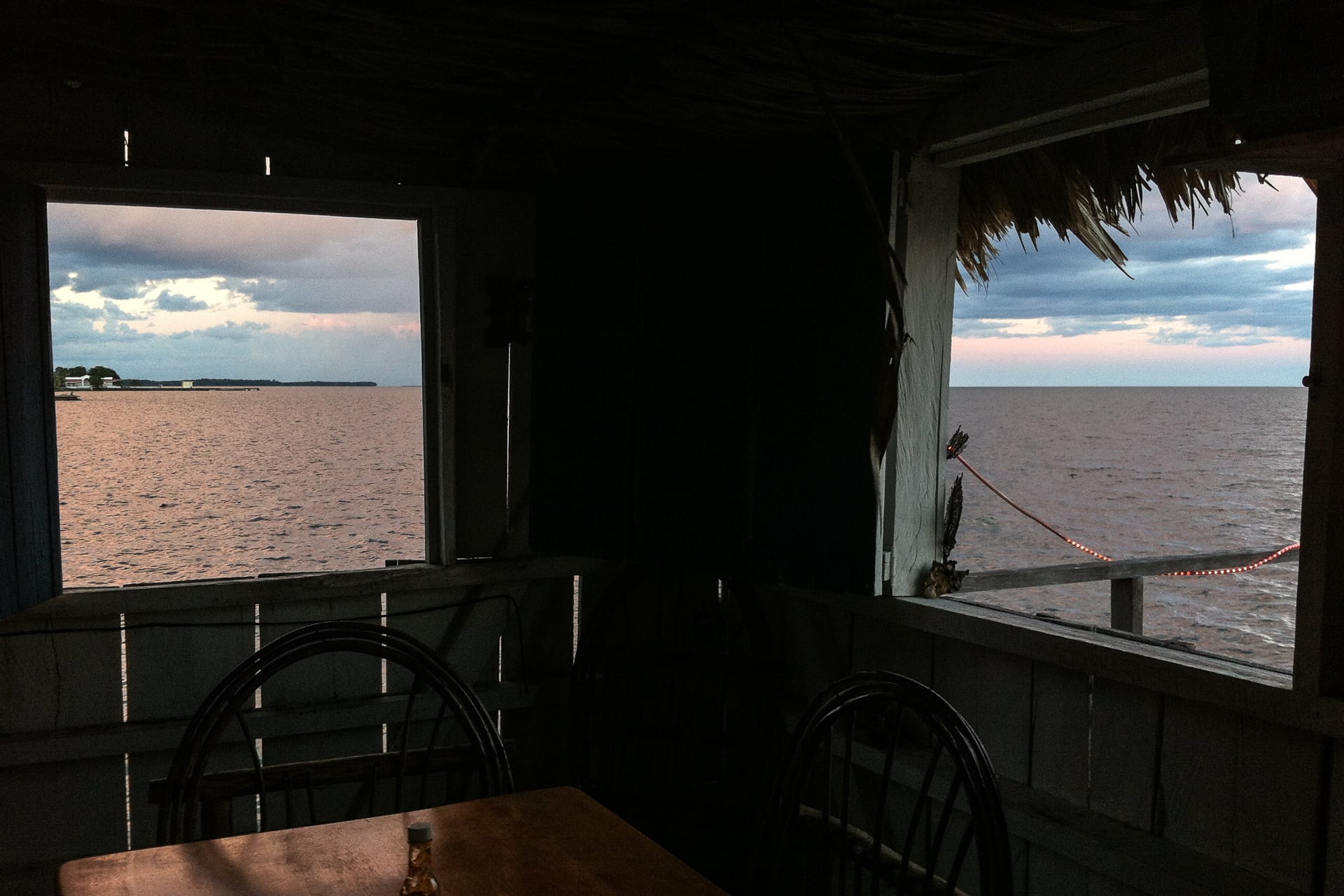
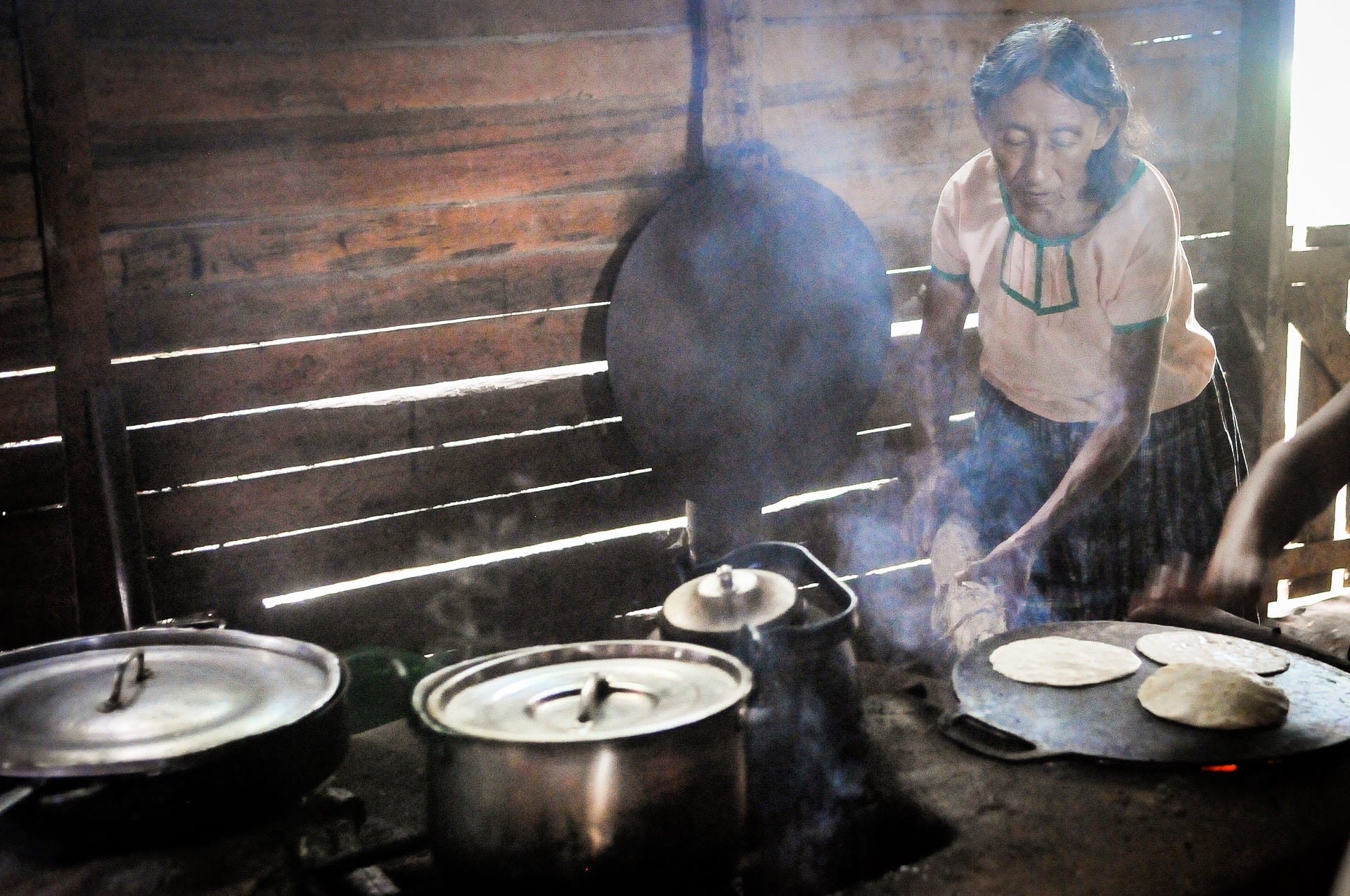
Always so very enjoyable and interesting
Always so very enjoyable and interesting, thank you for sharing your exiting travels with me!!! I especially enjoy little Noe’s wonderful smiles and expressions
Thinking of you often! GM/T
How interesting!